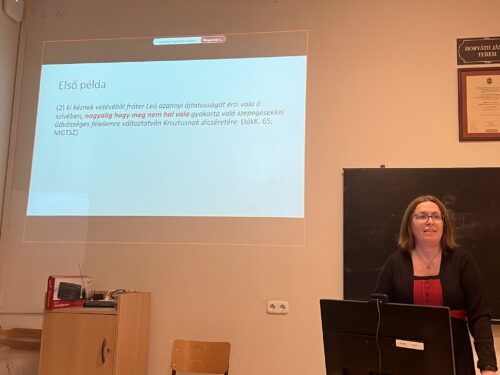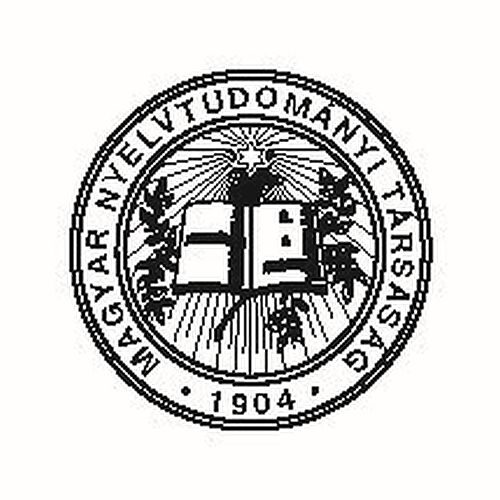Hungarian Historical Linguistics Research Group•Research area
The Hungarian Historical Linguistics Research Group was formed in 2008 from former members of the Historical Linguistics Department. Our first comprehensive project was the “Morphologically analysed corpus of Old and Middle Hungarian texts representative of informal language use” (2010–2014, OTKA K 81189). Over the course of four years, under the name “Old and Middle Hungarian corpus of informal language use” we created an electronic database freely accessible to everyone from texts of private letters and court documents dating back to before 1772 (tmk.nytud.hu). This database, currently comprising nearly 8 million characters, primarily serves as a basis for historical morphological and sociolinguistic research, but it can also be used for research in historical syntax, pragmatics, and lexicology. Both internal and external team members have published numerous studies, and given presentations on issues related to database construction and their research results achieved through the use of the database.
Our second joint project, “Competing structures in the Middle Hungarian vernacular: a variationist approach” (NKFIH – OTKA K 116217), began in the fall of 2015 and concluded in October 2020. This project had a dual objective. On the one hand, building on the opportunities offered by the above mentioned database, we conducted grammatical studies in a Middle Hungarian speech-based register; the investigations focused on variation in language use and ongoing linguistic changes. When analysing the actuation of changes, we paid special attention to various sociolinguistic factors. By examining the texts of witness testimonies in lawsuits and legal proceedings, we focused on a register that approximates Middle Hungarian vernacular as close as possible, this variant being the hotbed of linguistic change. In addition to continuous publication in journals and conference proceedings, we summarized the results in a joint volume, and we also organized a symposium as part of the Hungarian Science Festival programme. As another objective of the project, we continued developing the database, not only in terms of adding further annotated texts and carrying on manual disambiguation, but also in relation to search possibilities. As a result, the user-friendly interface now offers numerous search and download options, as well as detailed information on search methods and corpus construction procedures, among other things.
In November 2020, our third project titled “Variation in Middle Hungarian: a register perspective” (NKFIH FK 135186) was launched. Similarly to our previous research program, this project also has a dual objective. Firstly, it conducts morphosyntactic and pragmatic studies on Middle Hungarian, with close regard to register as a variable. In addition to other potential factors, we systematically examine how different situational contexts may have influenced language users, in what direction, and to what extent when they selected variants of different linguistic variables. The second objective is to build an electronic database that, in addition to the Old and Middle Hungarian corpus of informal language use, creates the opportunity for comparative research. The Middle Hungarian Memoir and Drama Corpus is already available at ked.nytud.hu, but it is still under construction, and its content will continue to expand.
Alongside the collaborative work, the project members also run various individual research projects.
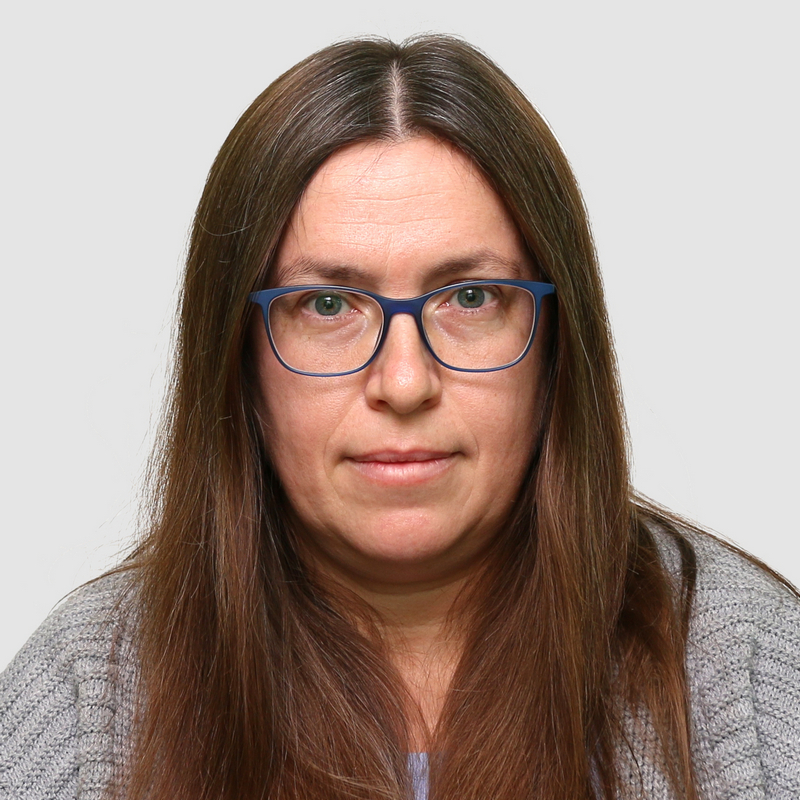 | Research group leader: Katalin Gugán, PhD Email: gugan.katalin@nytud.elte.hu Phone: +36 (1) 342-9372/6054 |
Hungarian Historical Linguistics Research Group•Staff

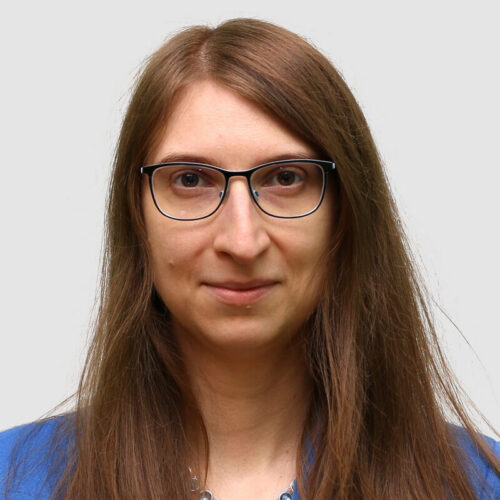
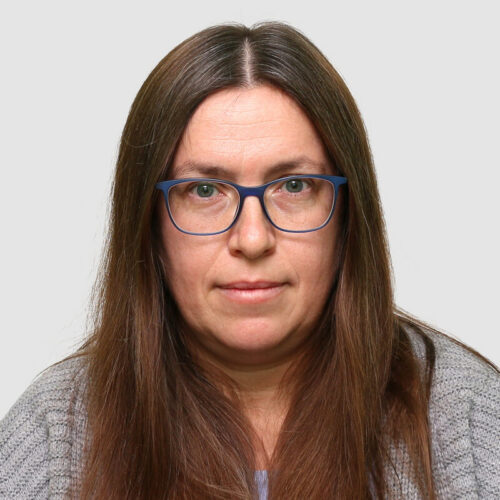
Institute for Historical and Uralic Linguistics


